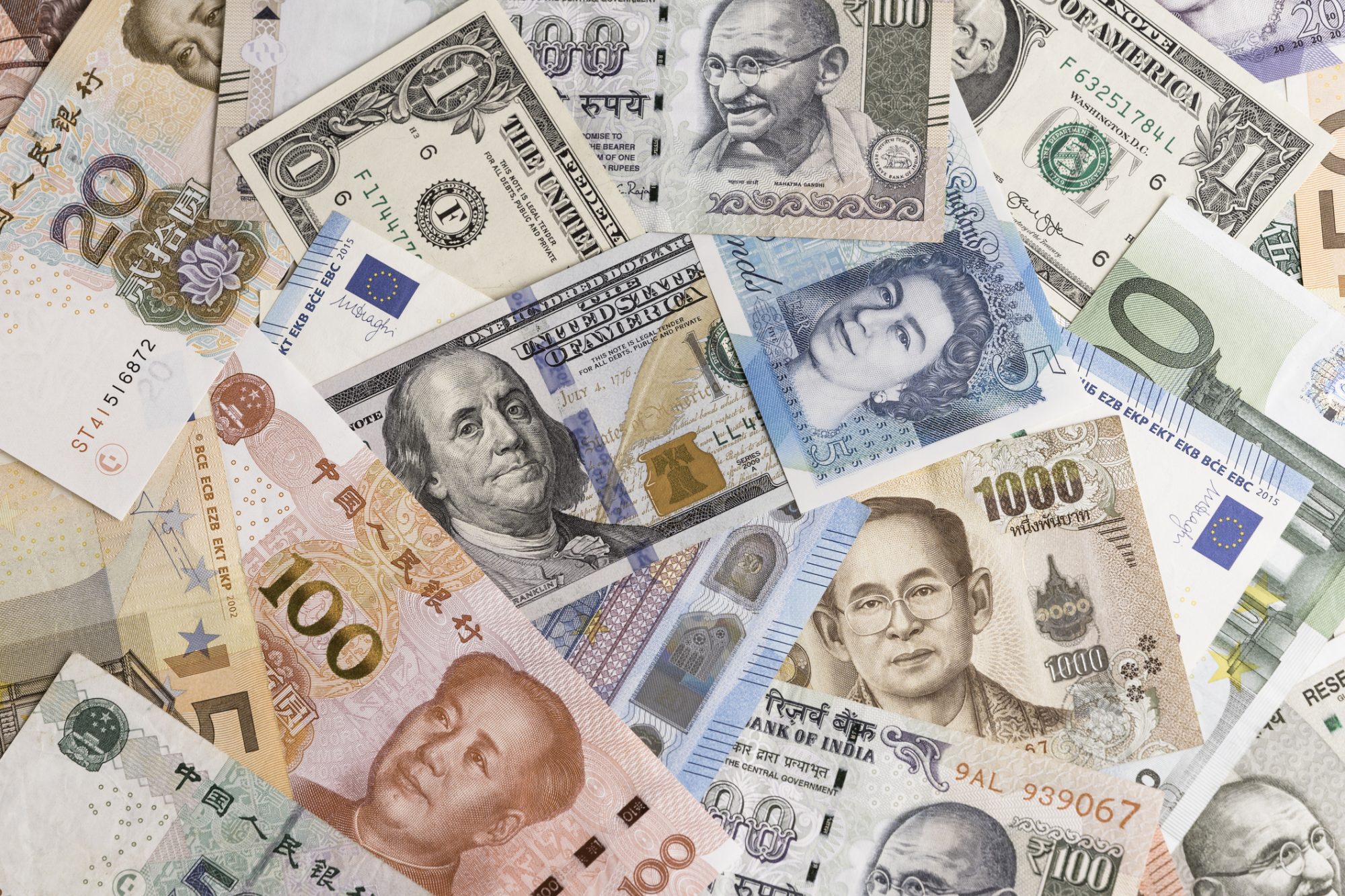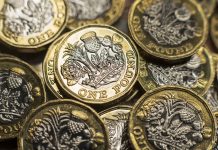The Bank of England puts its interest rates up for the 10th time, from 3.5% to 4% – the highest it has been since 2014
All three central bank committees, the American Fed, the ECB and the Bank of England, hold policy meetings this week to decide yet another increase in interest rates. These three central bank committees are all expected to raise the base rate either by 0.25% (ECB) or 0.50% (the Fed and the Bank of England).
For the UK, this is the 10th consecutive interest rate increase and is no accident that bond prices began to rebound, in both UK and US markets.
In the US, yields on US Treasury bills, a benchmark for borrowing costs across the world, went down but this is because of the attraction of corporate bonds, which now offer higher rates of return.
The borrowing requirement and the issue of public debt
The picture, for the time being, may be a bed of roses for the bond dealers but not so much for the UK’s government borrowing requirements or the households. As I have dealt with the predicaments of the households elsewhere let us see briefly what is happening with the borrowing requirement and the issue of public debt.
When Rishi Sunak assumed the role of the PM, the reduction of public debt was one of his five major priorities. I am not sure he can deliver on this promise. This is not because he does not want to, but because he cannot. The OBR expects that the net government debt as a proportion of GDP will rise by 5% during 2023. Public sector debt totalled £2.5 trillion, nearly 100% of GDP, which is the highest-ever ratio of debt to GDP since the 1960s.
Public sector debt totalled £2.5 trillion
Obviously, as long as the base rate of the Bank of England continues to rise, the borrowing costs of the government would increase and together would increase the risk for a deep recession, especially if the inflation is not cured, taxation continues to increase and the external geopolitical environment is defined by instability and conflict.
What does the future look like for US markets?
In the US, the government debt to GDP ratio stands currently at just under 130% and is projected to hit 134% at the end of the year. But is the US on track to default on its debt obligations? Difficult to say. Its currency, the US dollar, enjoys the “exorbitant privilege” as the world’s money (the global reserve currency).
Effectively, the US borrows its own currency from global markets and all countries need to pay a premium to use dollars – the so-called dollar seigniorage. There is seigniorage income accrued in the US economy and also large-scale re-cycling of US debt in the form of US Treasury bills, although, as we saw earlier, the trend is towards corporate bonds.
Japan, China, Saudi Arabia, Germany and many other countries are holding massive quantities of US debt and the big question is what is the US going to do if all those creditors decide to withdraw their holdings and invest elsewhere.
For the time being, however, it is as if the entire world works to keep the US economy afloat. The US also profits from the exchange rate manipulation of the dollar, creating havoc in the periphery countries whose debt is denominated in dollars.
Debt is not hitting only countries of the Euro-Atlantic core
Historically, and more pertinently, hits countries in the global periphery. According to the managing director of the IMF, Kristalina Georgieva, some 15% of the countries of the periphery are in debt distress, whereas 45% are at risk of becoming so.
Most countries in the global periphery that have their external debt denominated in dollars or other reserve currencies (Euro, the British Sterling) are bound to default if the interest rates hike continues. Sri Lanka, Ghana and Zambia have already defaulted.
Nowadays, the policy of defeating inflation in the core countries comes with a high price tag for all parties concerned.
Vassilis K. Fouskas is a Professor of International Politics & Economics at the Royal Docks School of Business & Law and Co-Director of the Centre for the Study of States, Markets & People (STAMP), University of East London.











